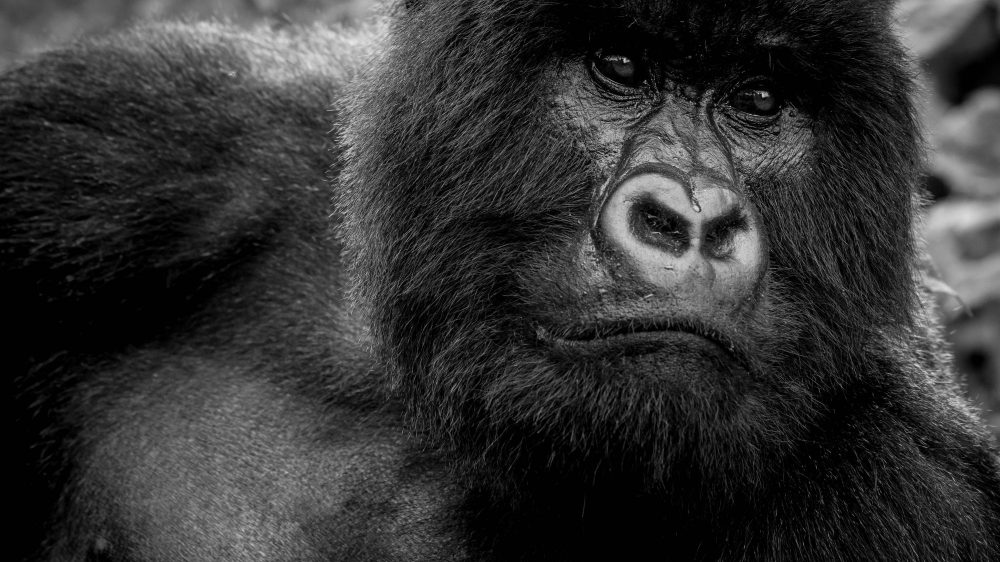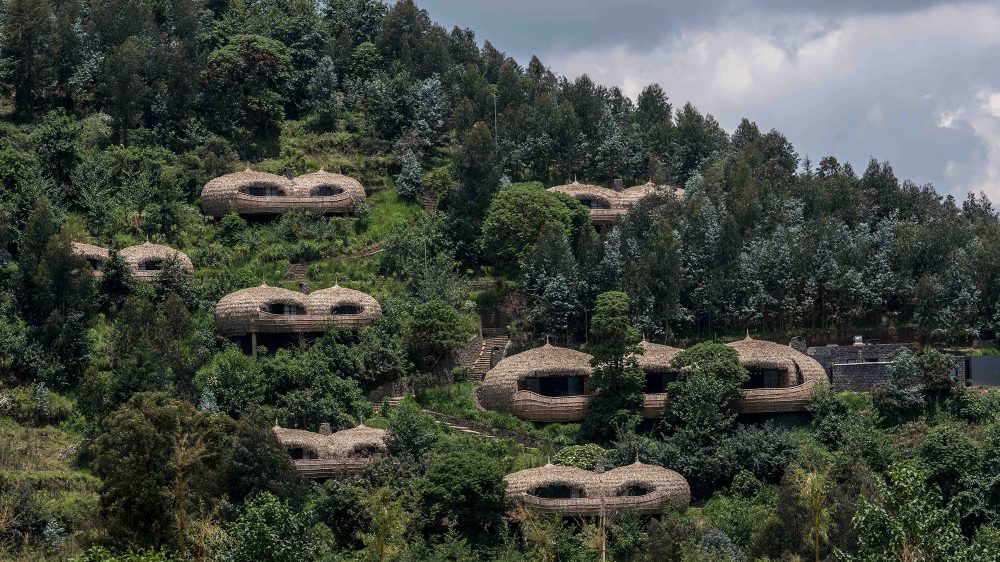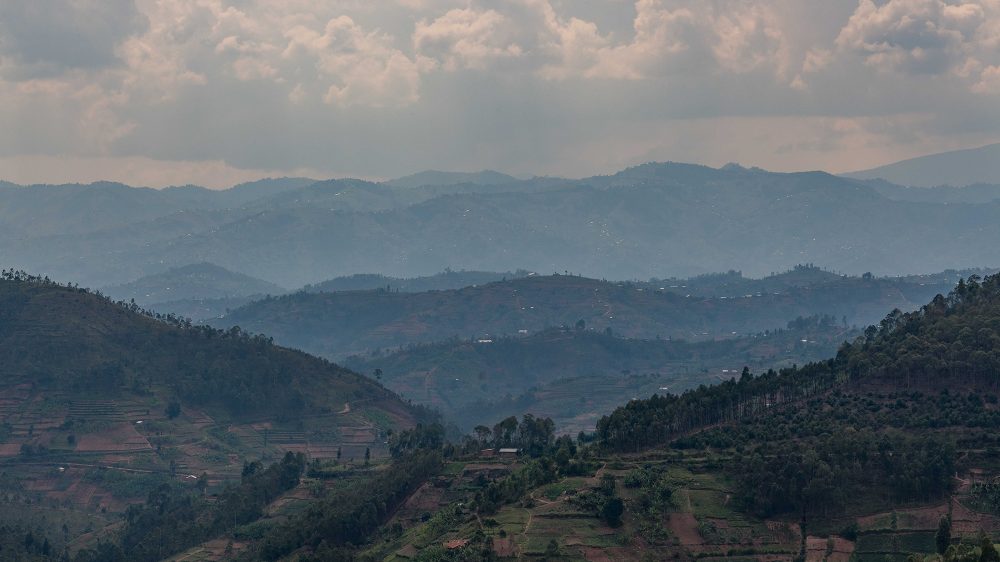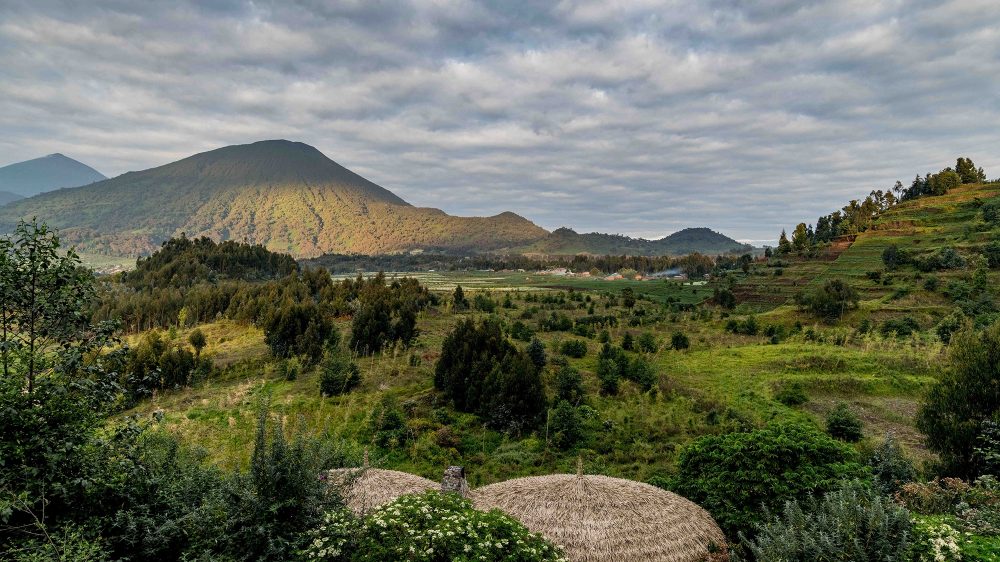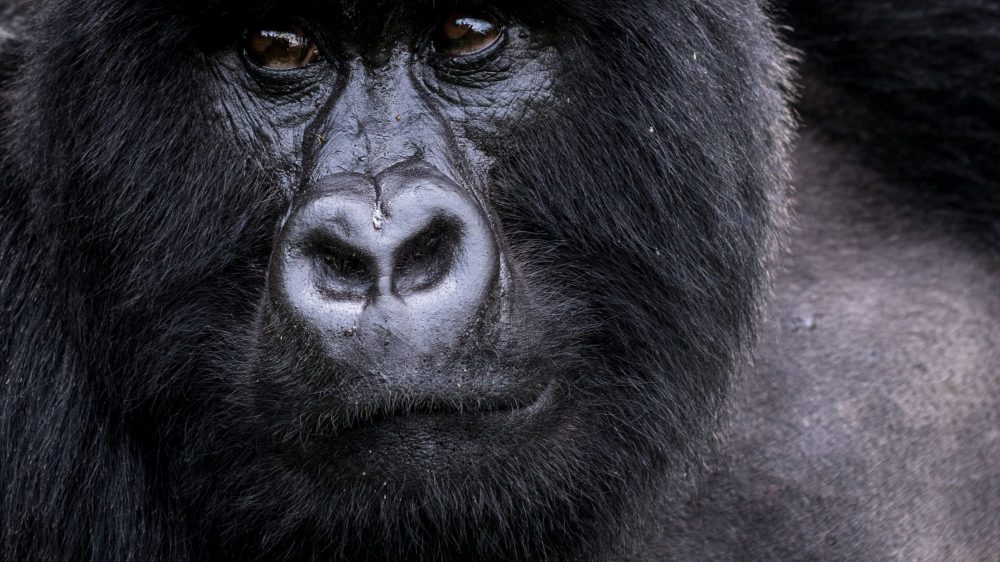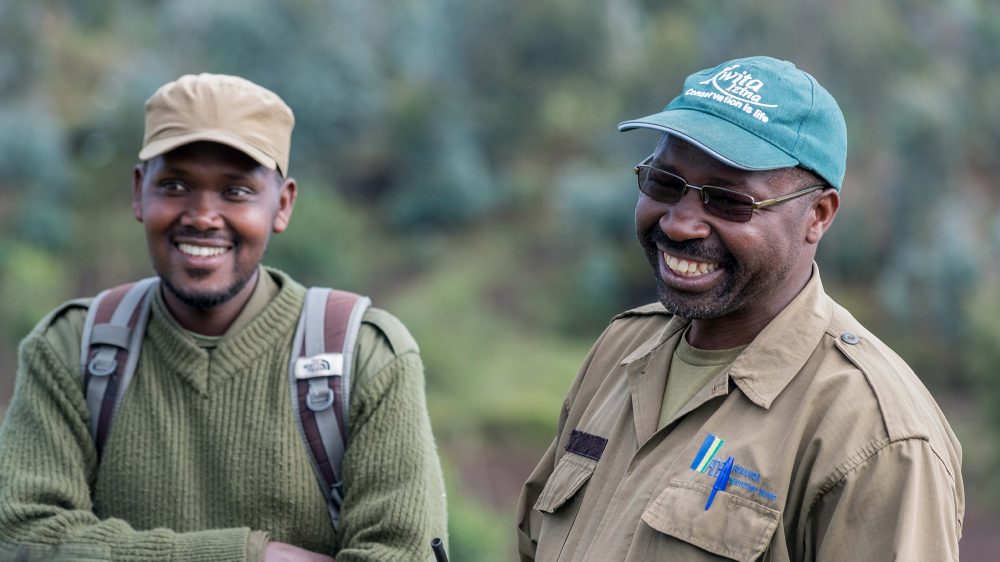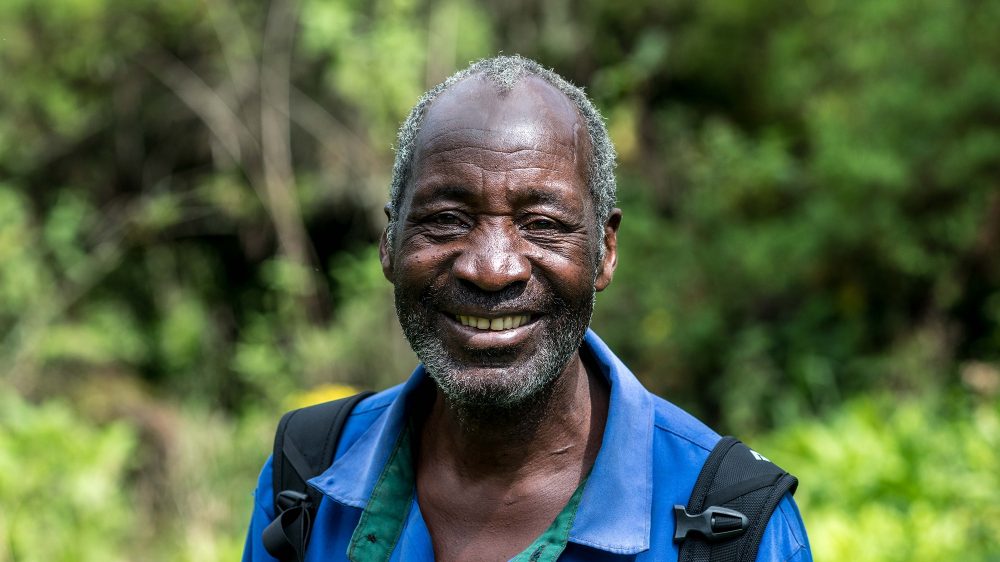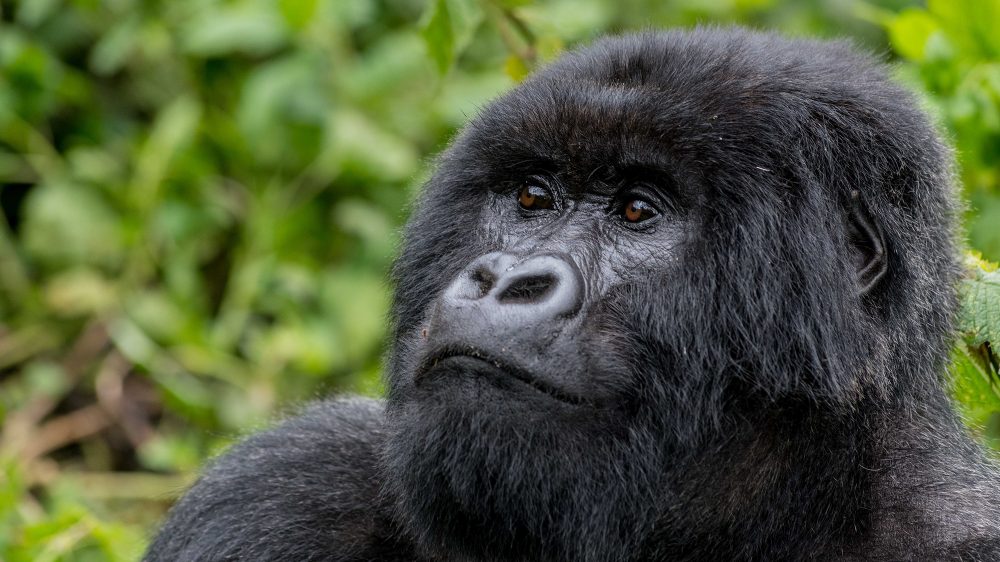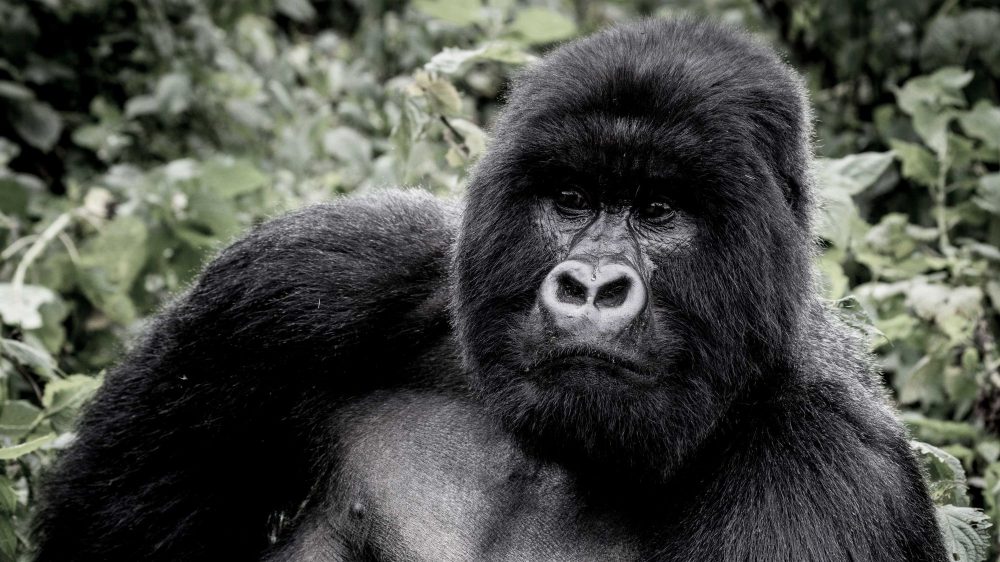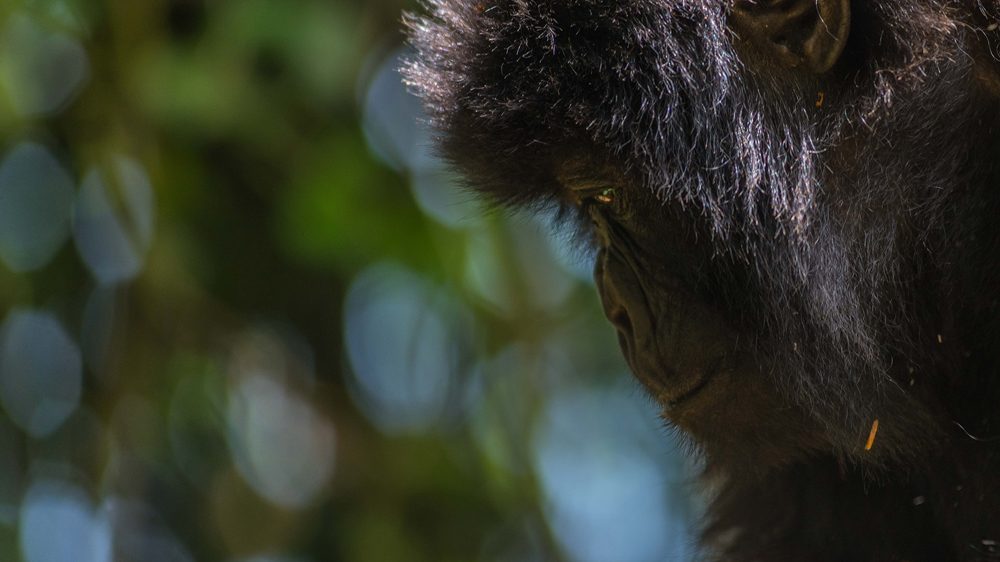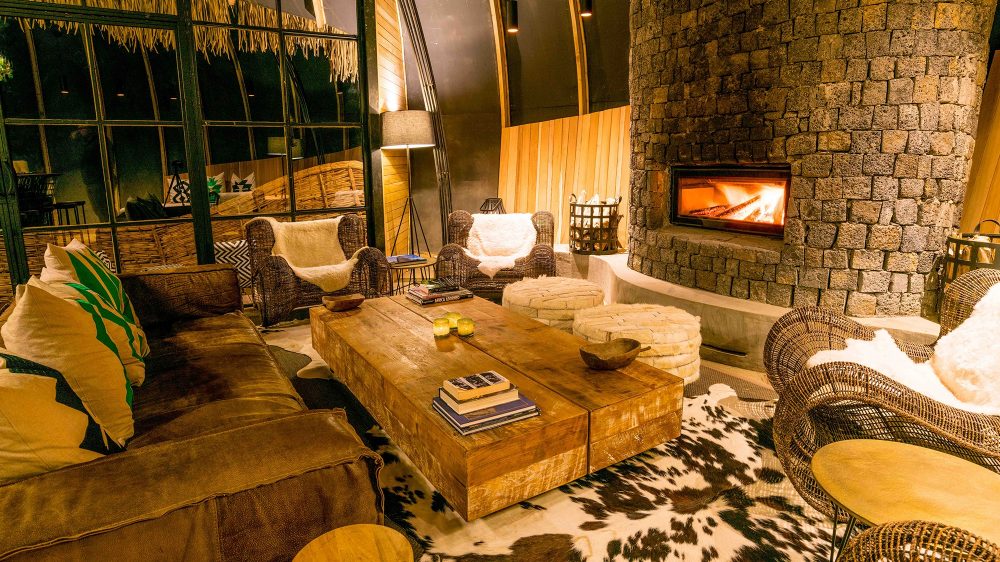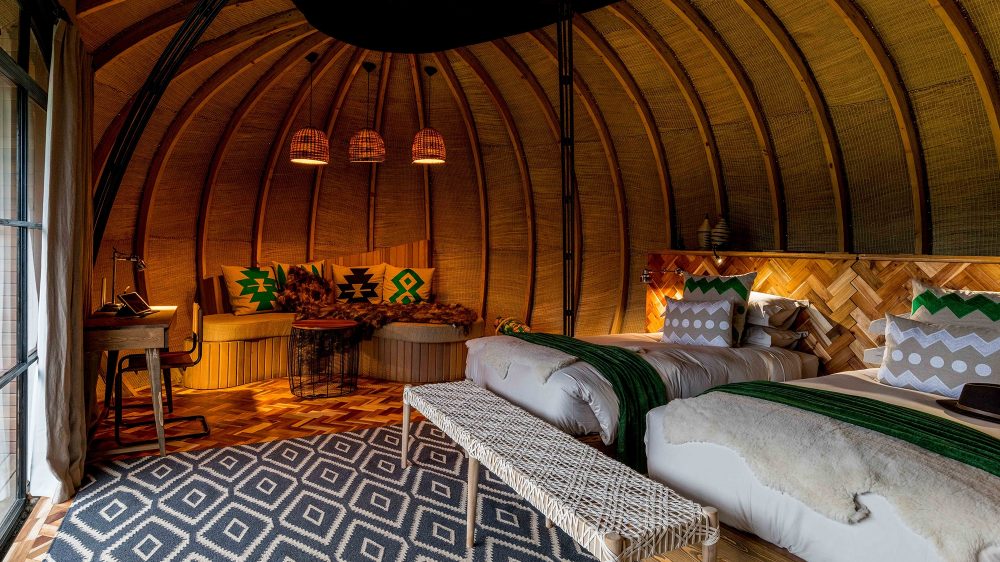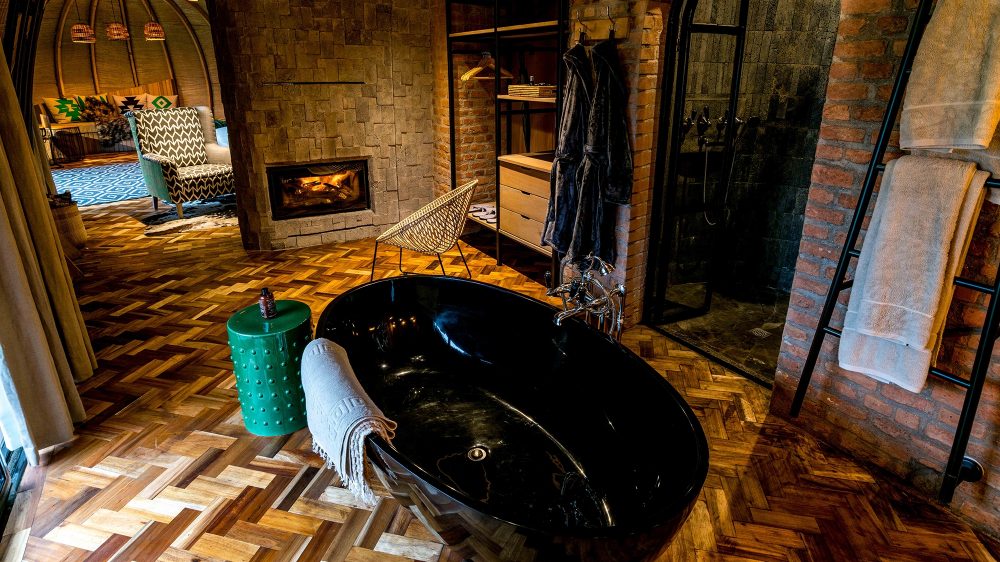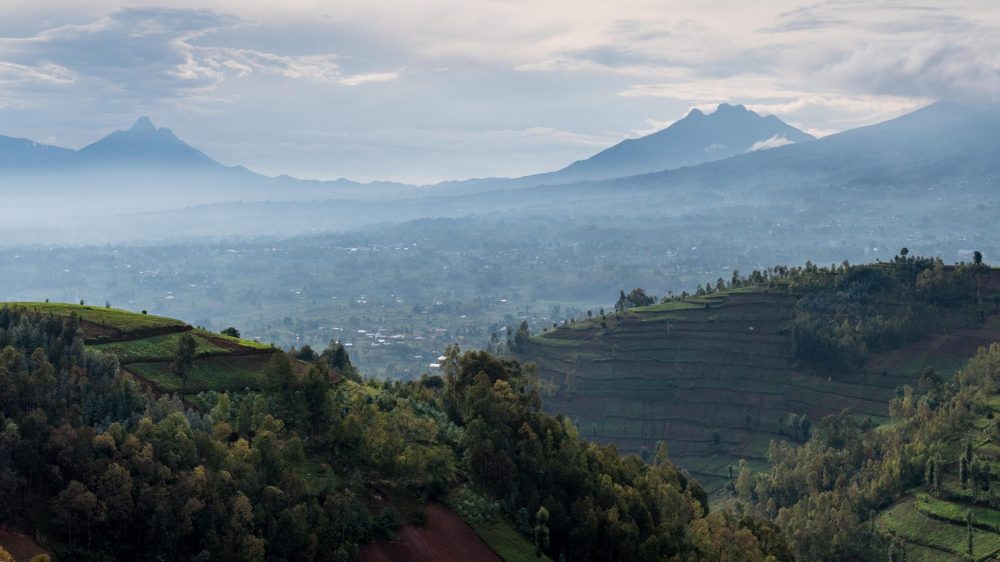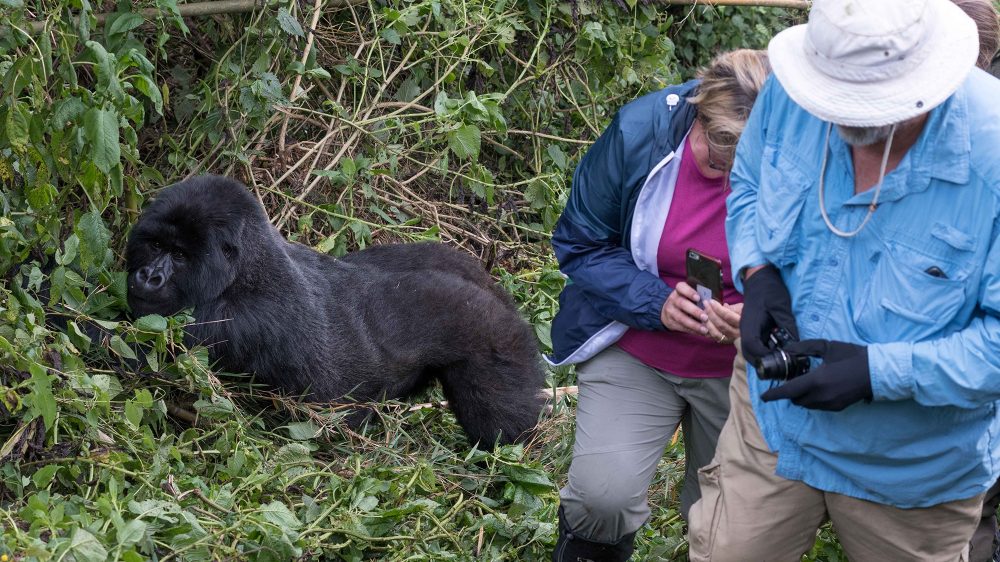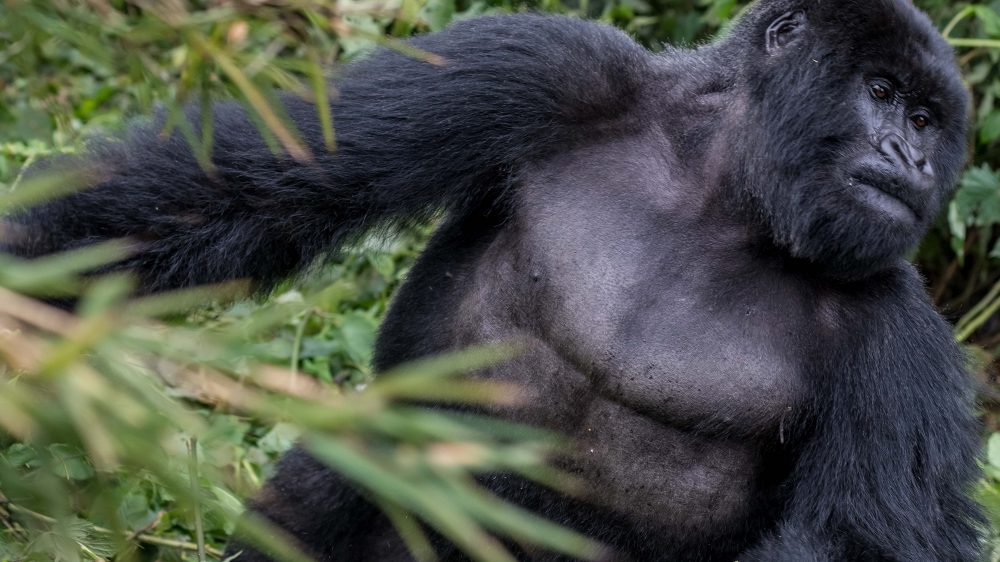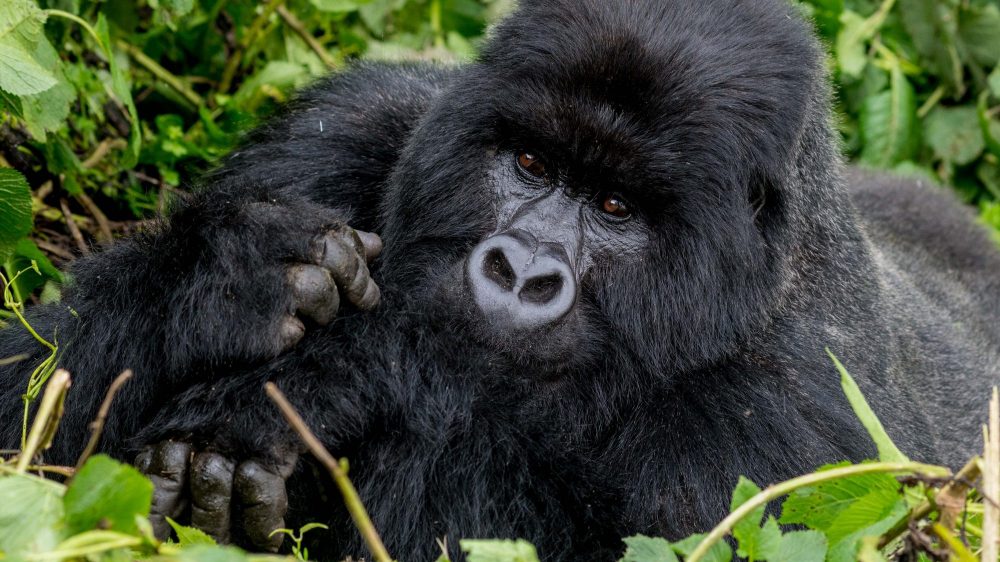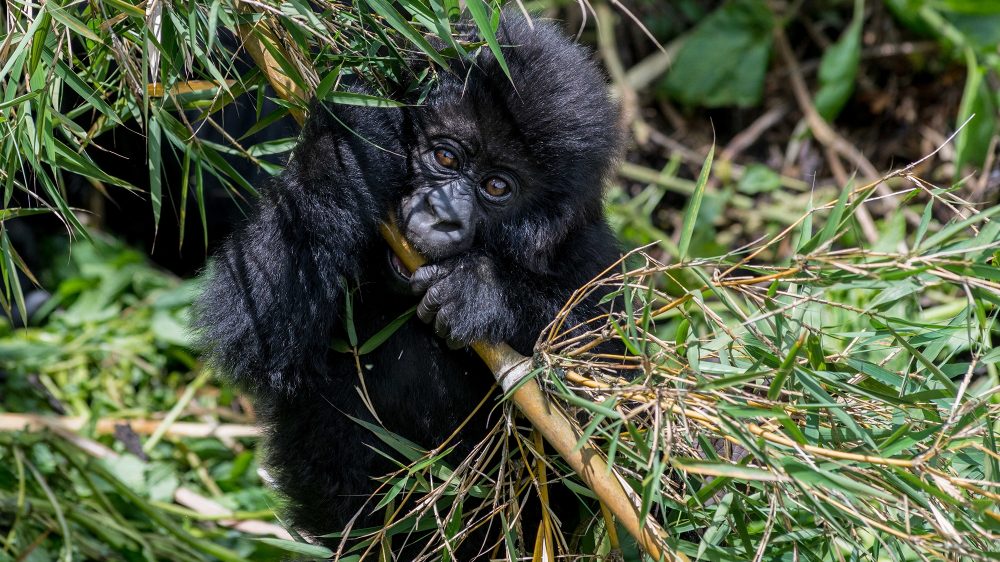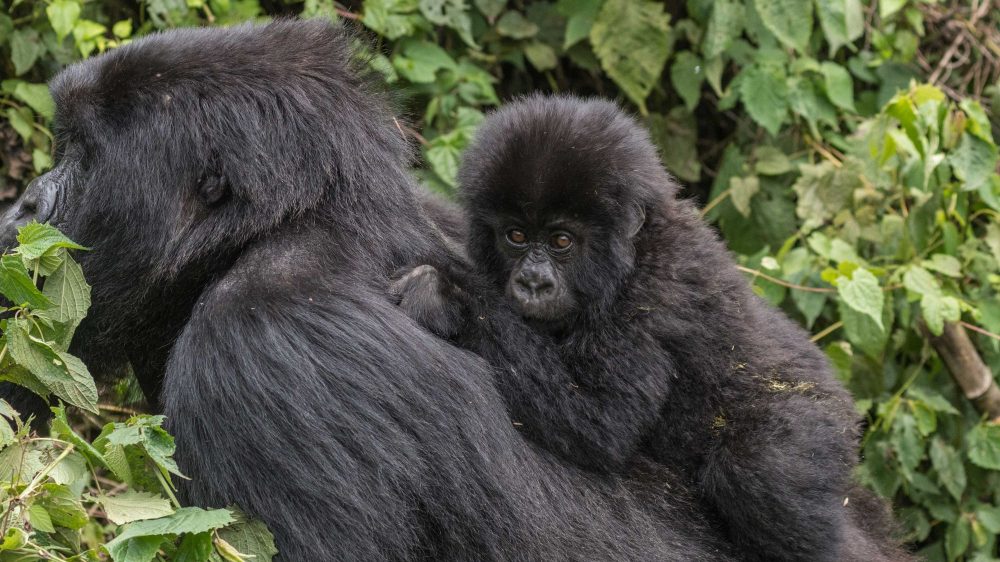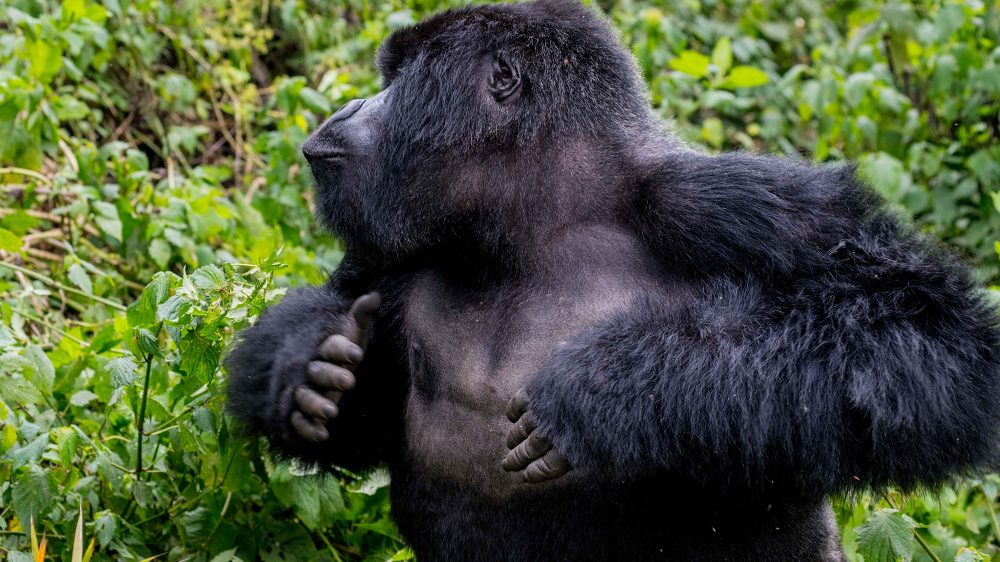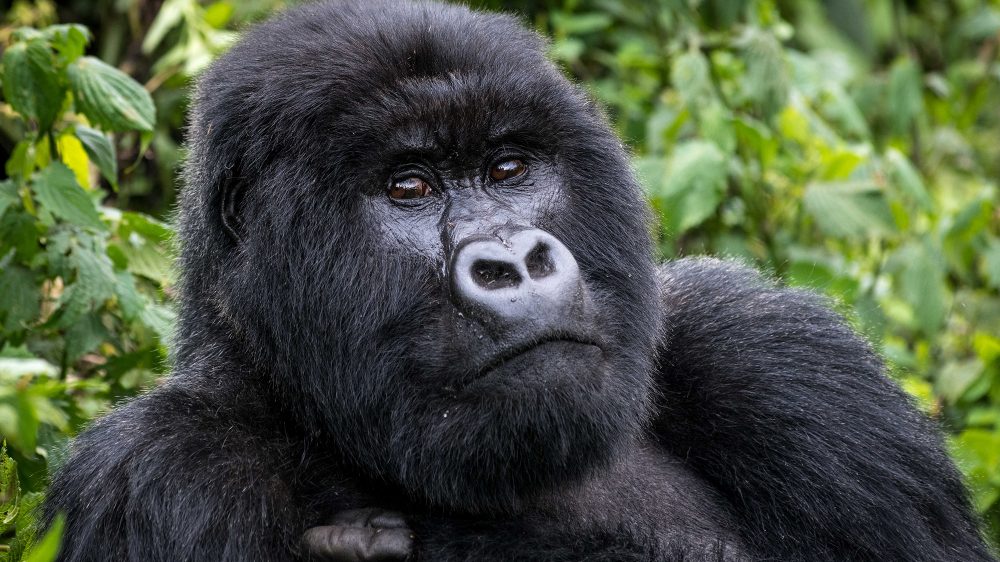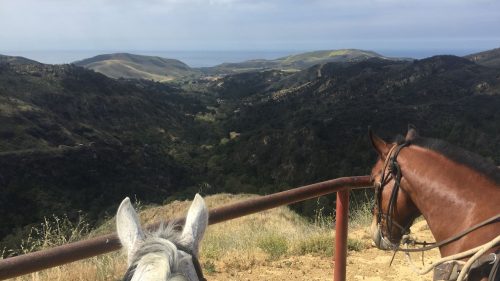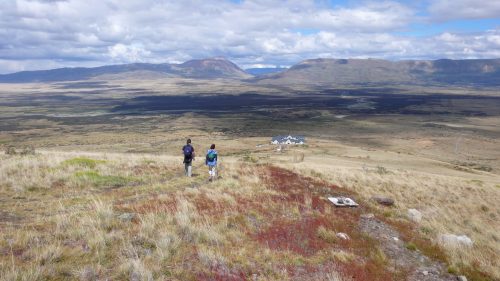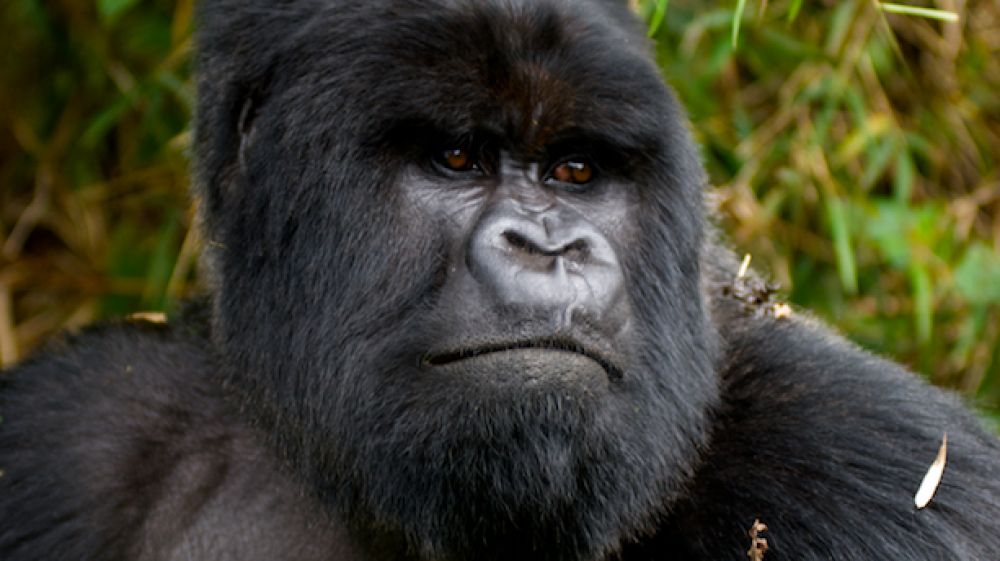Planet of the Apes
Visiting with Rwanda’s Mountain Gorillas is a properly compelling experience. You get close, and I do mean close – within arm’s reach on occasion – and if you’re unmoved by their grace and size and power (not to mention their smell) you probably don’t have a soul. This experience, when set to the backdrop of Rwanda’s history, its people and its spectacular scenery, takes on almost a spiritual quality. As the old saying goes, context is everything.
The unbelievably warm welcome you receive when you get to Rwanda, is part of what makes the whole thing so amazing, when you consider that everyone you meet over about the age of 26 has experienced some of just about the worst things human beings can do to each other each other, often first hand. The Rwandan genocide is a vital part of understanding where Rwanda is going, particularly when you meet your guides, many of whom are well into middle age and lived through the genocide and remain committed to preserving the last 800 of so of these mighty apes. They know their gorillas about as well as you can know anyone, and they know which apes are approachable and which are best kept at arm’s length. They can detect the slightest nuance of body language indicating the gorilla’s mood. Sometimes even a layman like myself can spot the cues, like when a younger silverback is drunk on bamboo shoots and chasing his family around the bushes. The point here is that these are some of the most passionate conservationists I’ve met and they are an indispensable part of the trekking experience.
In years past, the best options for gorilla trekking were 4 star guest houses, but happily that’s no longer the case and Bisate Lodge has taken a well deserved spot at the top. Just 6 bird’s-nest-like suites, built into the side of a hill, command fantastic views over the surrounding countryside. At the lodge you’re just on the National Park’s doorstep and there’s no better place to retreat to after a long a muddy day trekking through the forest looking for gorillas.
